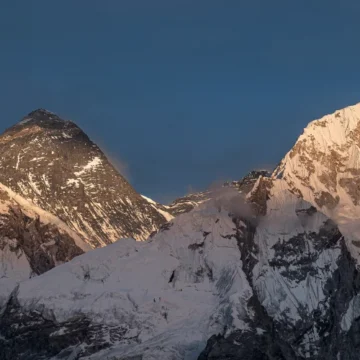
Is Mount Everest a Volcano? Unveiling the Facts
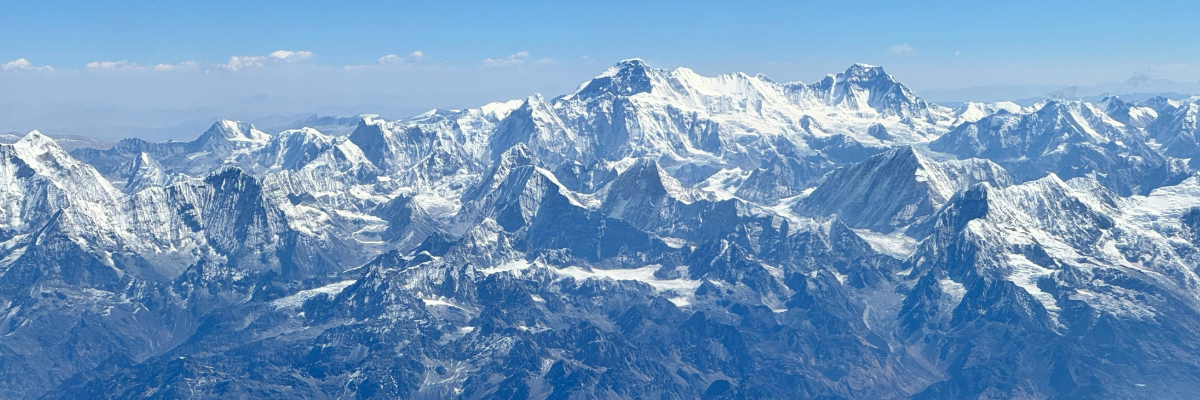
Table of Contents
Mount Everest, the highest peak in the world, is located on the border between Nepal and China, and it always attracts the interest of people all over the globe. The home to Everest Base Camp Trek. It is a huge snow mountain and such a wonderful sight to look at. Climbers seek to conquer Mount Everest. It is also a scientific enigma, with the creation processes and constant transformation being a hot topic. People ask, is Mount Everest a Volcano?

Due to harsh factors that characterize the mountain, such as very low temperatures and low oxygen levels in the atmosphere. There is more mystery surrounding it. Tales of human endeavour and disaster on the world’s highest peak provoke our thoughts. And stir the soul to marvel at the possibilities and fears of man and the forceful antagonistic nature. This curiosity has helped many gain more information concerning this massive geological marvel and its importance in mountaineering history.
How Was Mount Everest Formed?
Mount Everest was formed millions of years ago through what is known as orogeny. Through the movement of tectonic plates and their subsequent collision. About 50-60 million years ago, the Indian plate began to underthrust the Eurasian plate in a northward direction. When two such large tectonic plates moved closer and clashed, the land area in between was forced to rise. Thereby forming the Himalayas. This clash is still taking place now. That is why Mount Everest and other peaks in the range are gradually growing each year. Unlike other legendary mountains formed through the volcanic magma eruptions from the Earth’s mantle. Mount Everest has been formed through a lift on the geographical surface of the Earth.
Now, the levels of the sedimentary and metamorphic rocks created during the epoch of the ancient seabed are being uplifted. With time, geological forces acted on the mountain to put it as it is today: a giant and majestic goliath. The rock formations at the top of the hill are marine limestone, meaning the mountain was once the ocean bed. This outstanding journey from the ocean, up to Earth’s depths, Earth and again back to the sky establishes the scope of the geologic transformations of our planet’s surface and the feats of tectonic motions.
To learn more about Mt. Everest’s formation, read our article: How was Mount Everest Formed?
Is Mount Everest a Volcano?
It may surprise some because it looms so large, literally and figuratively; however, Mount Everest is not a volcano. The major difference can be summed up in how mountains and volcanoes are created.

A volcano is an outlet on the surface of the Earth from which molten materials are solid and gooey substances. Including ash, powdery materials, and gases that originate below the Earth’s surface. Lava builds a mountain around the vent through successive eruptions of this material that tends to collect around the vent. Geographical landforms such as Fuji of Japan or St Helens of the USA are classic examples of volcanic mountains. It also possesses some features like craters and lava flow.
Mount Everest is a folded mountain formed by pushing and shoving two tectonic plates. It occurred around 50 million years ago when the Indian plate again hit the Eurasian Plate. The pressure exerted on the crust caused it to fold and form the Himalayan ranges. Solidified lava and volcanic ash form volcanic mountains. A different fact is that Everest is composed of seabed sedimentary and metamorphic rocks. The volcano’s cone is icy rather than made of mineral ashes.
The lack of any volcanic structure and formation on Mount Everest also prolongs its non-volcanic status. It is also important to point out that there are no vents, craters, or lava flows; the mountain has no volcanic history. This gives viewers an idea of how much power the tectonic forces and the principles of geographic elevation can have.
Want to know more?
Speak to an Expert





Sandip Dhungana
Nepal 🇳🇵
Whatsapp: +977-9823636377




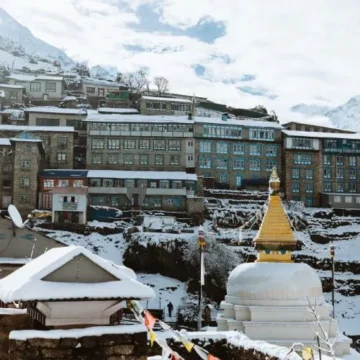
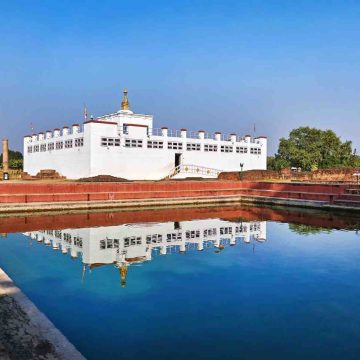
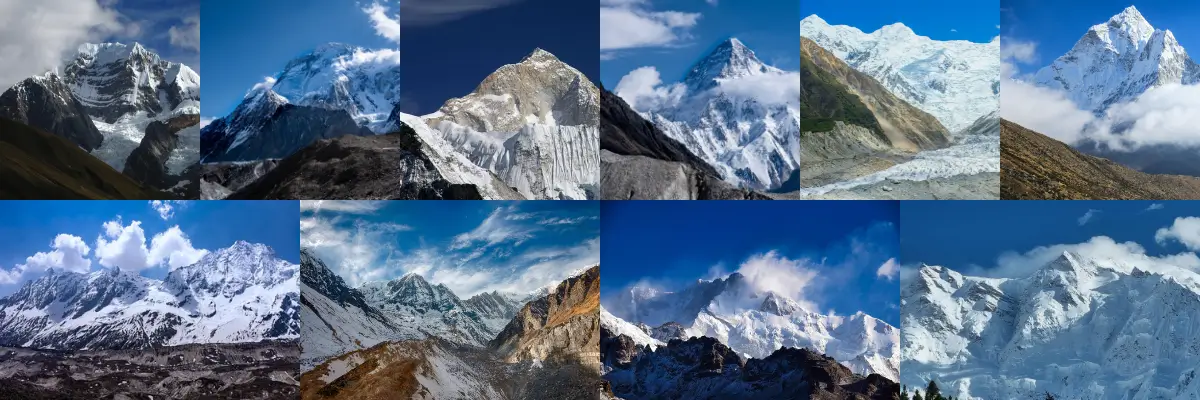

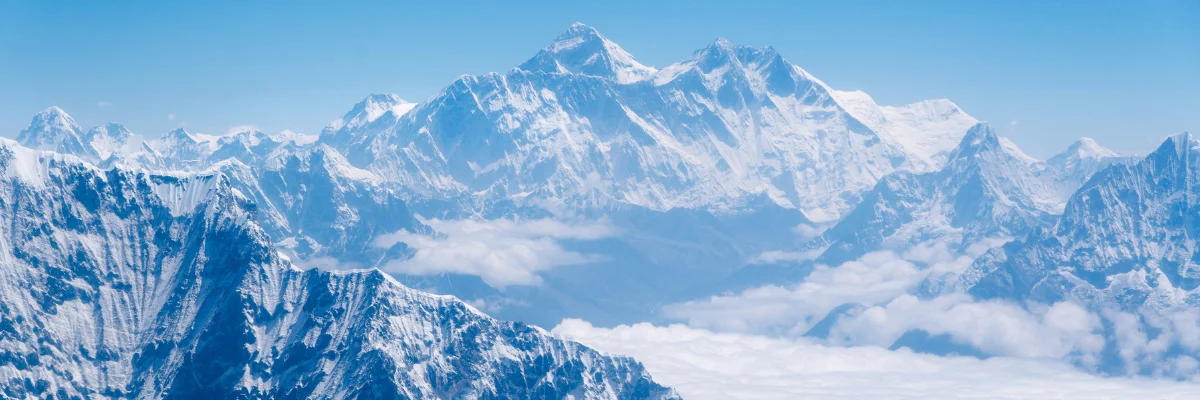
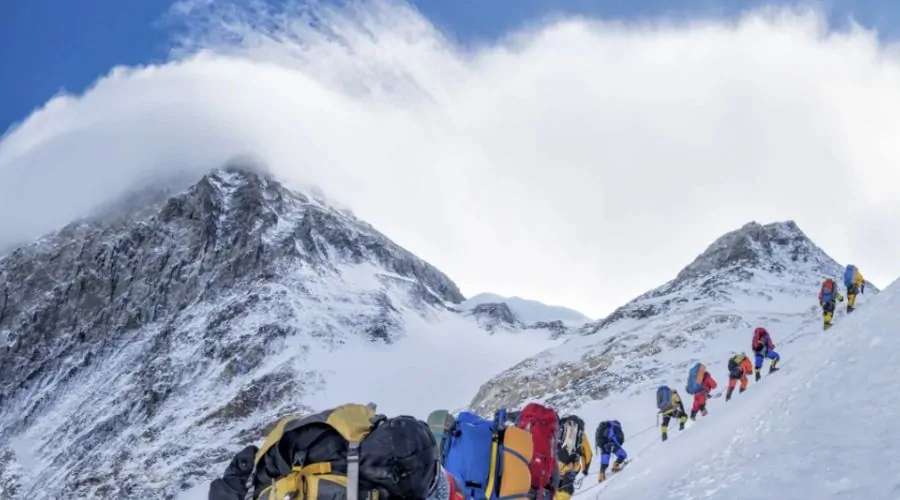












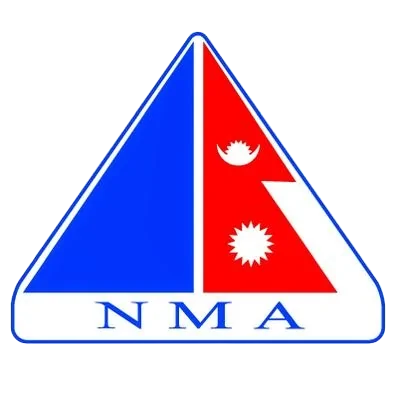

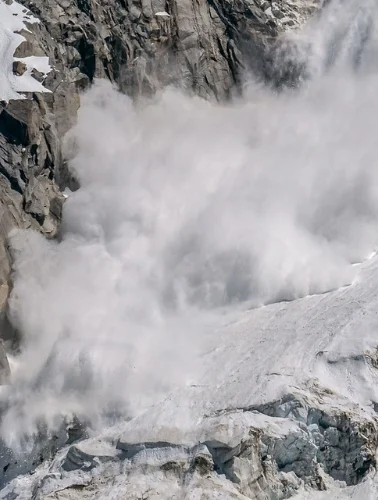
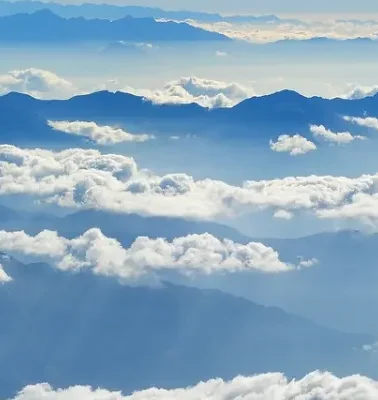

Leave Your Comment